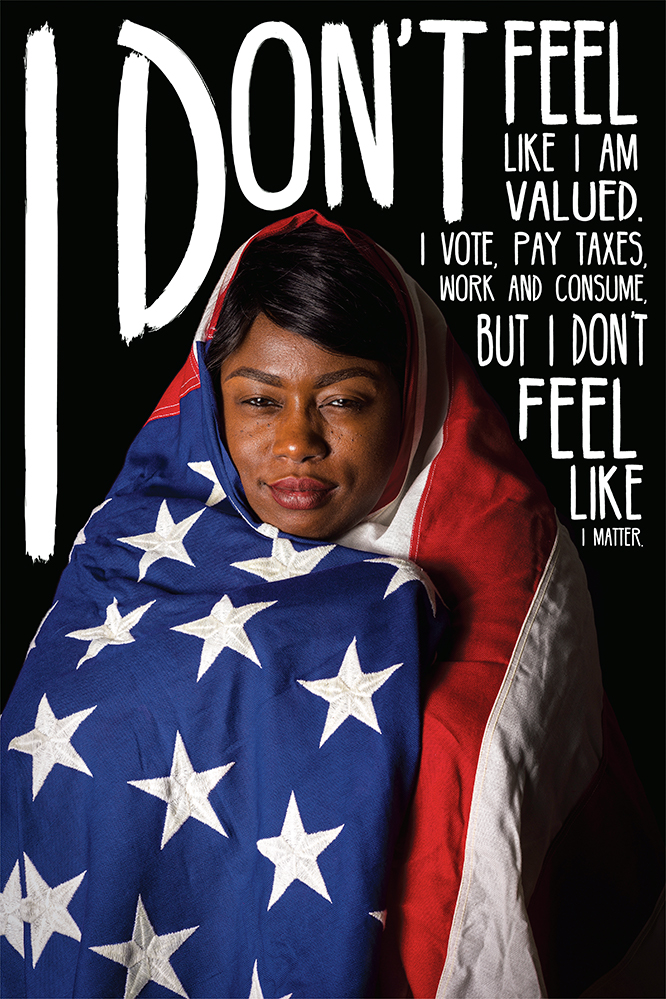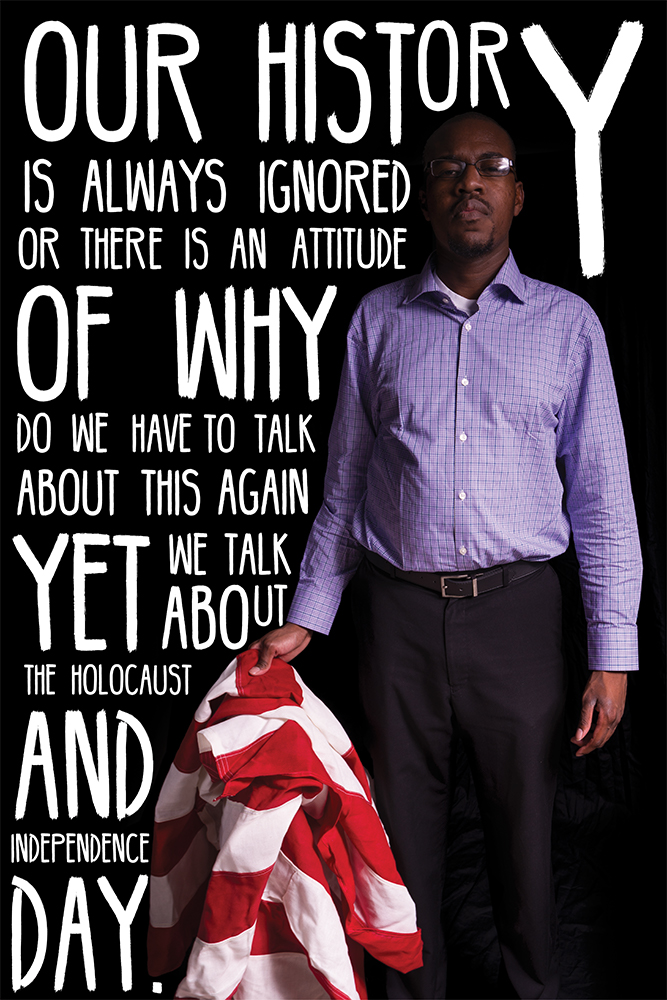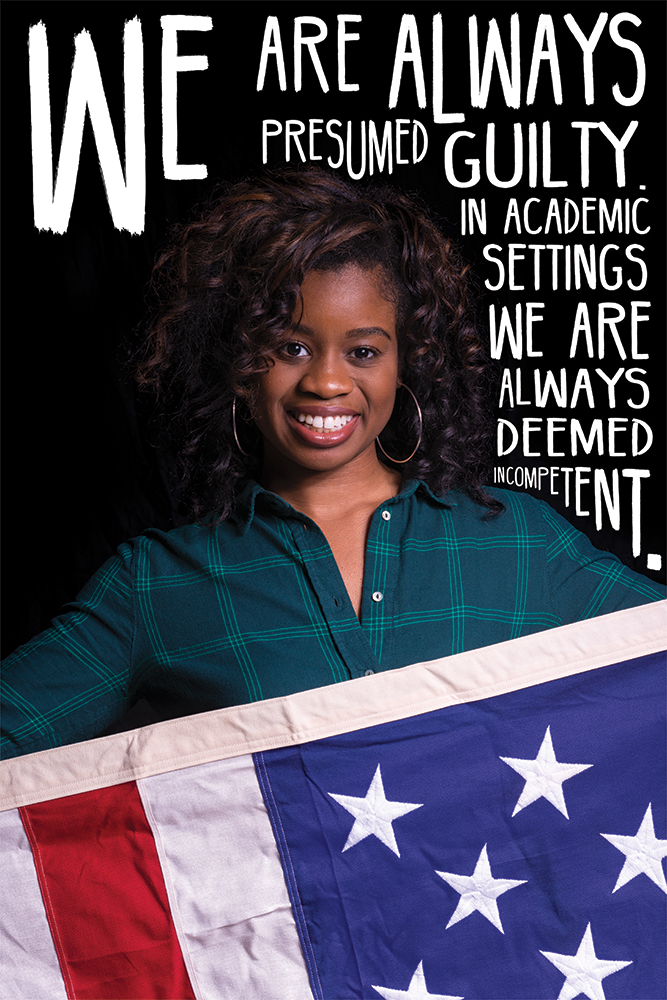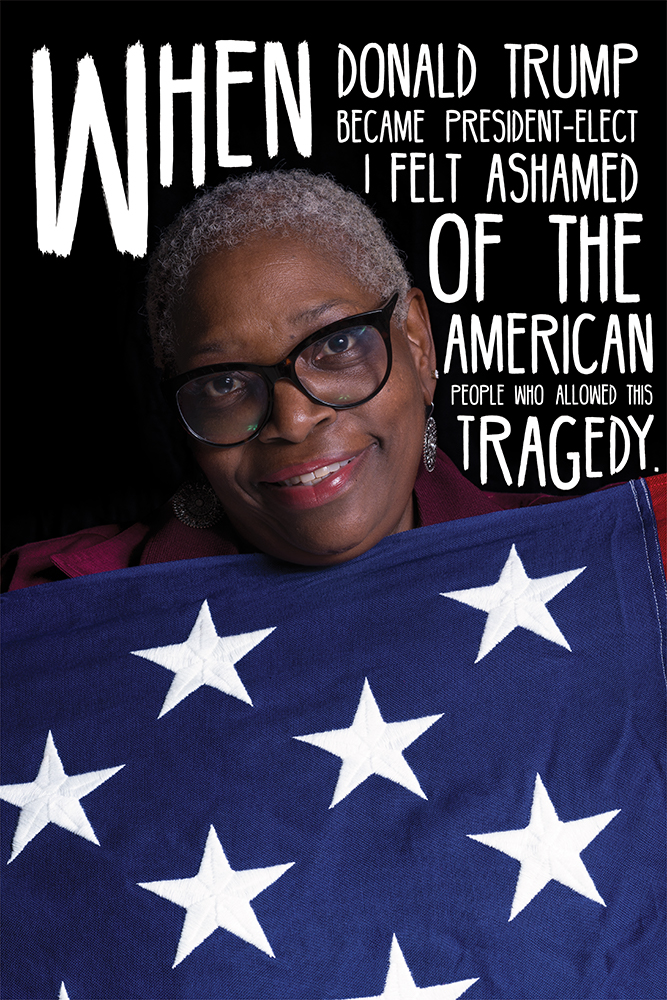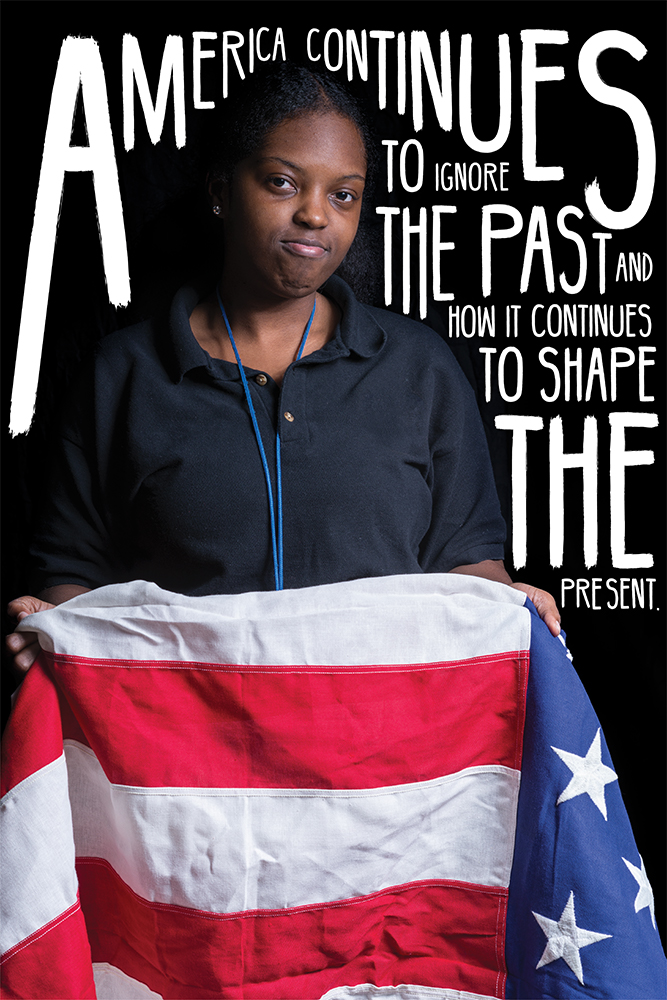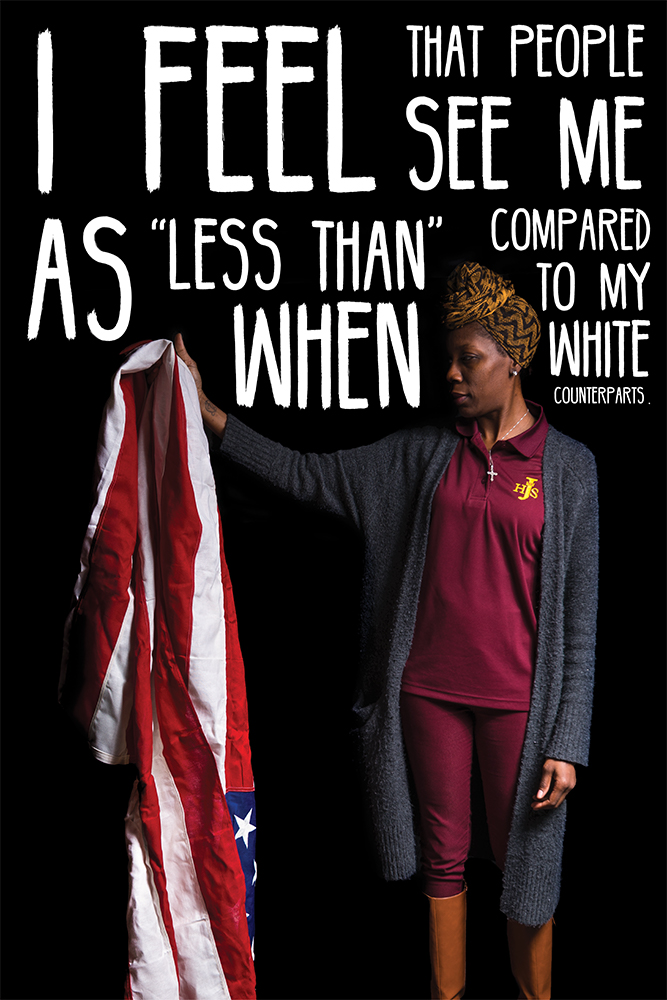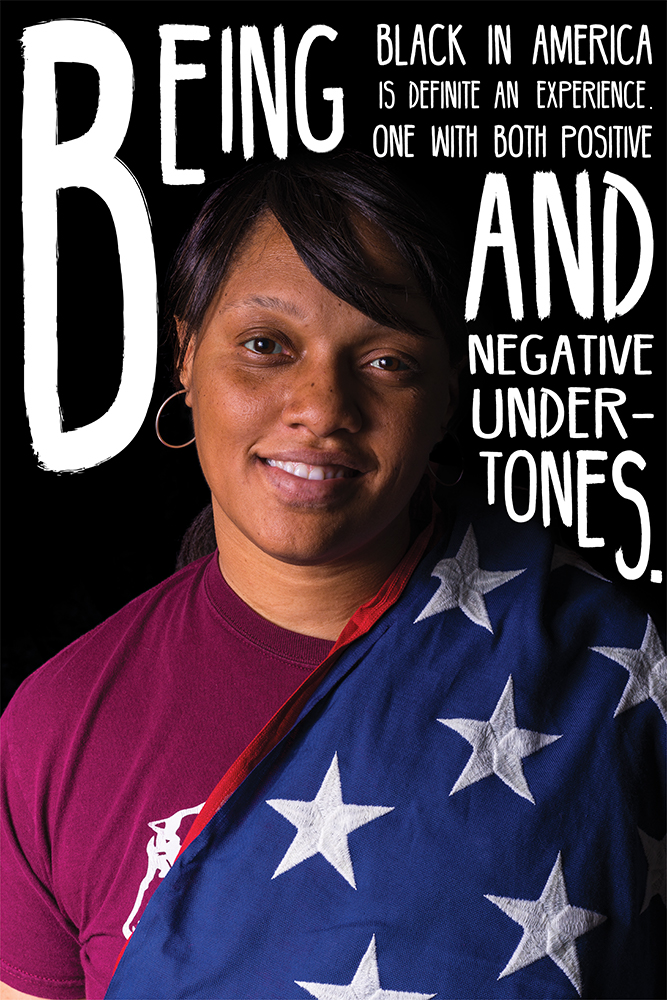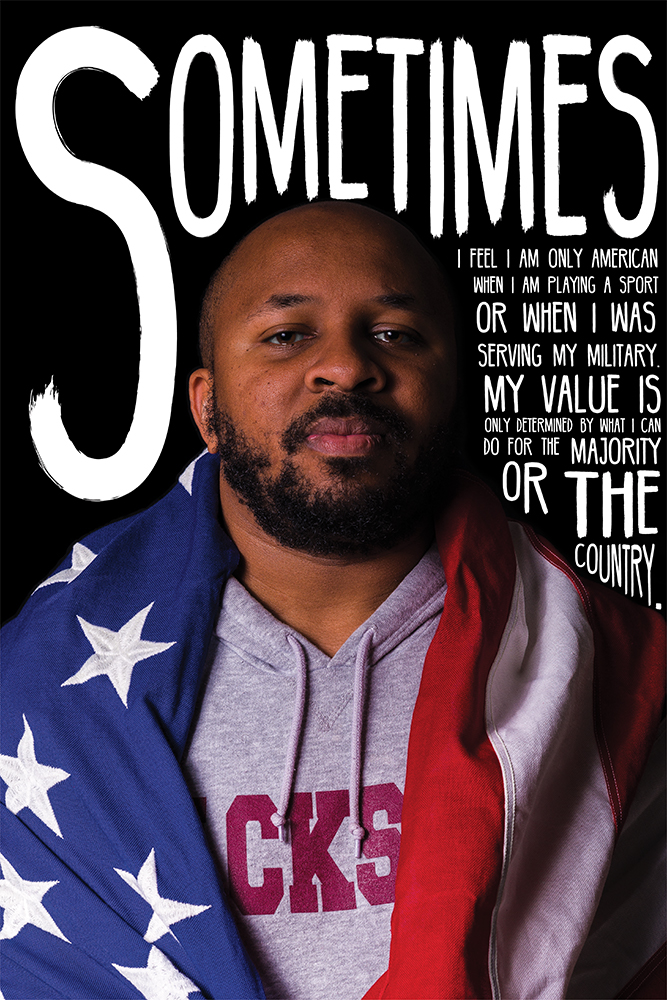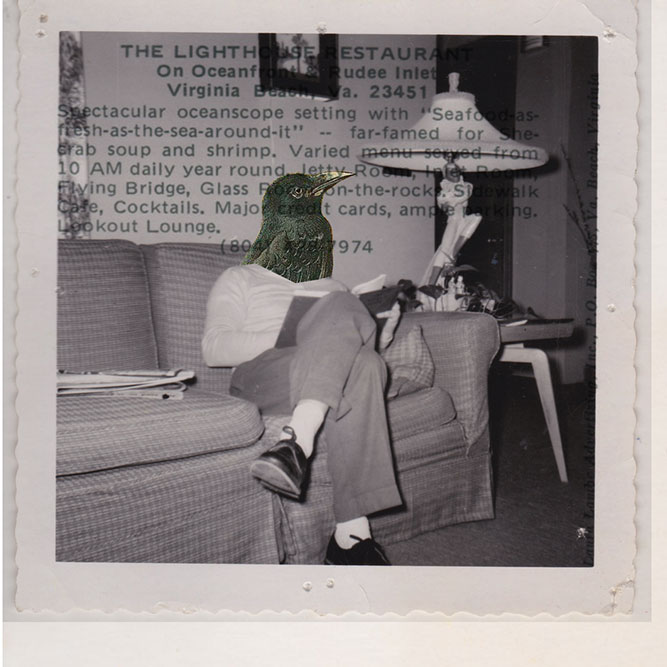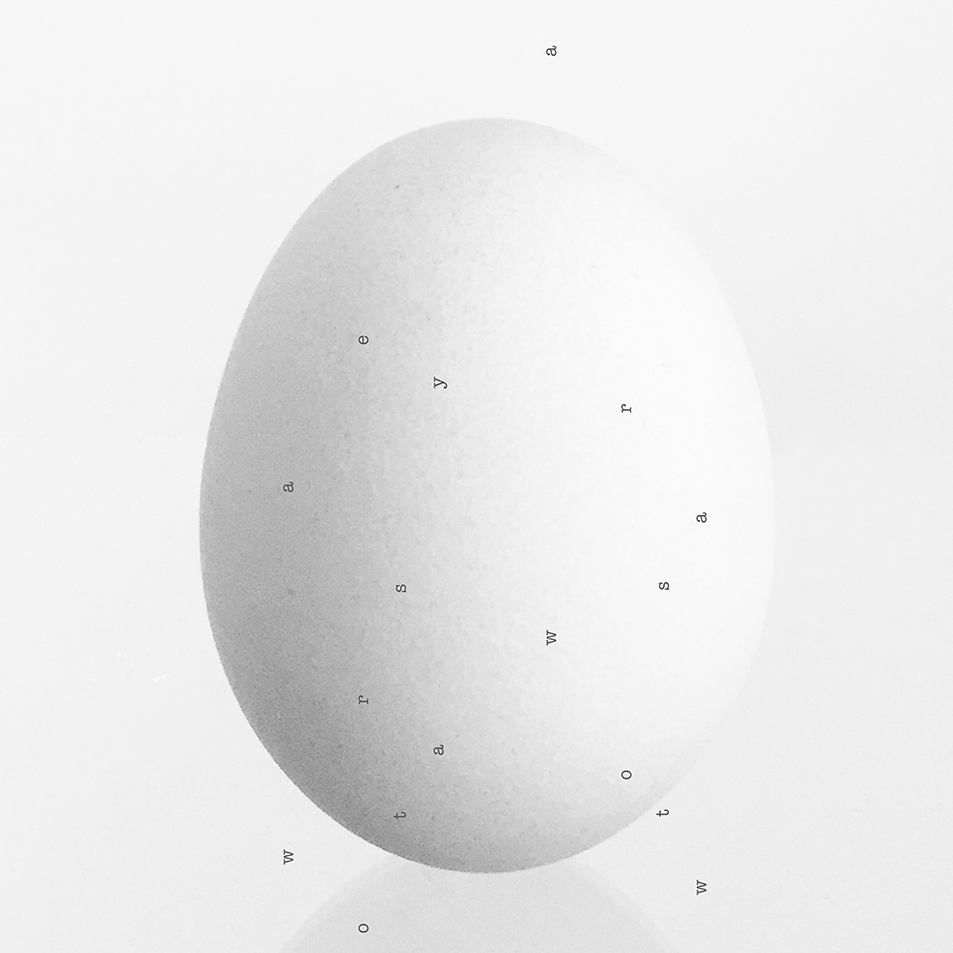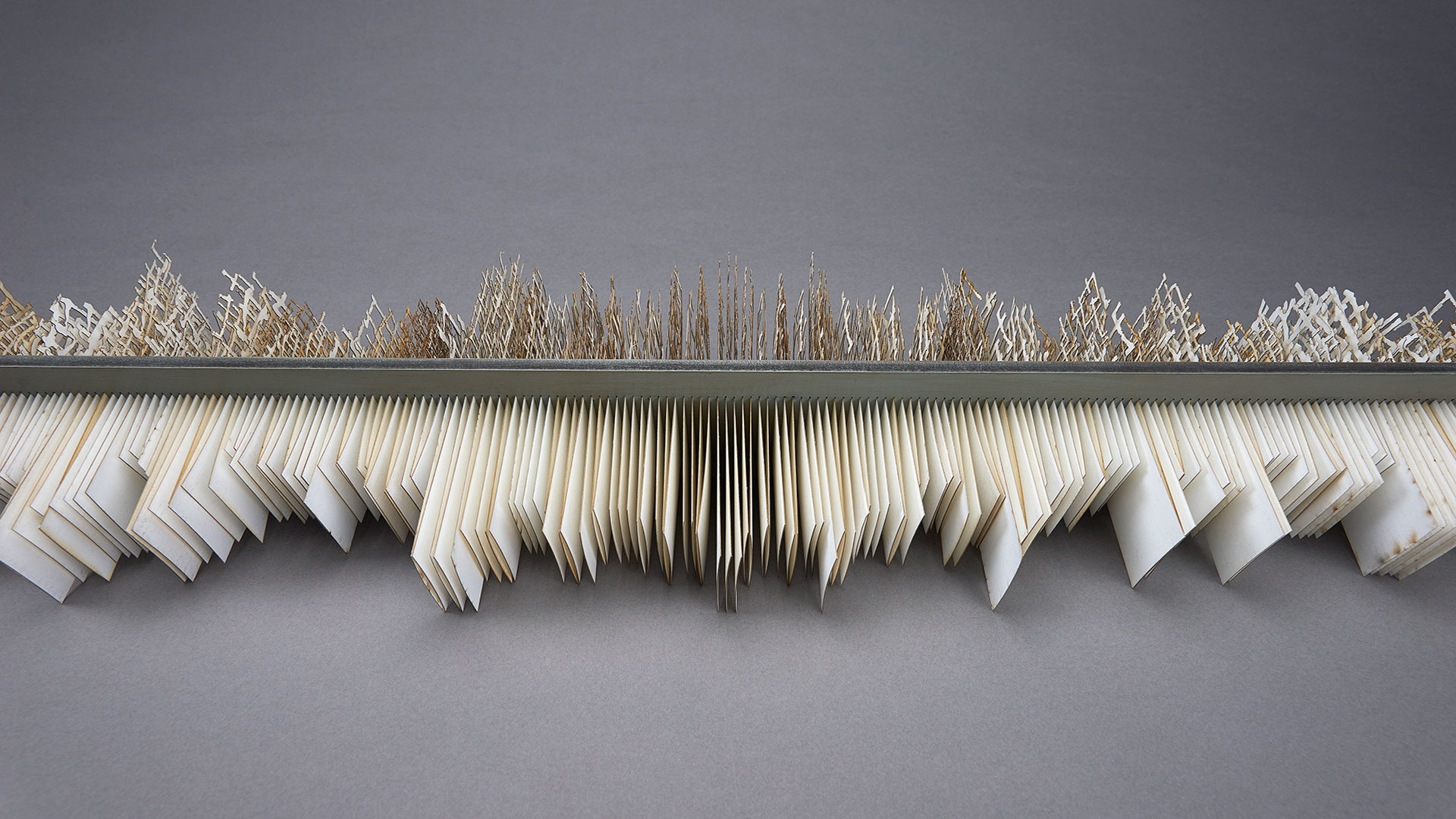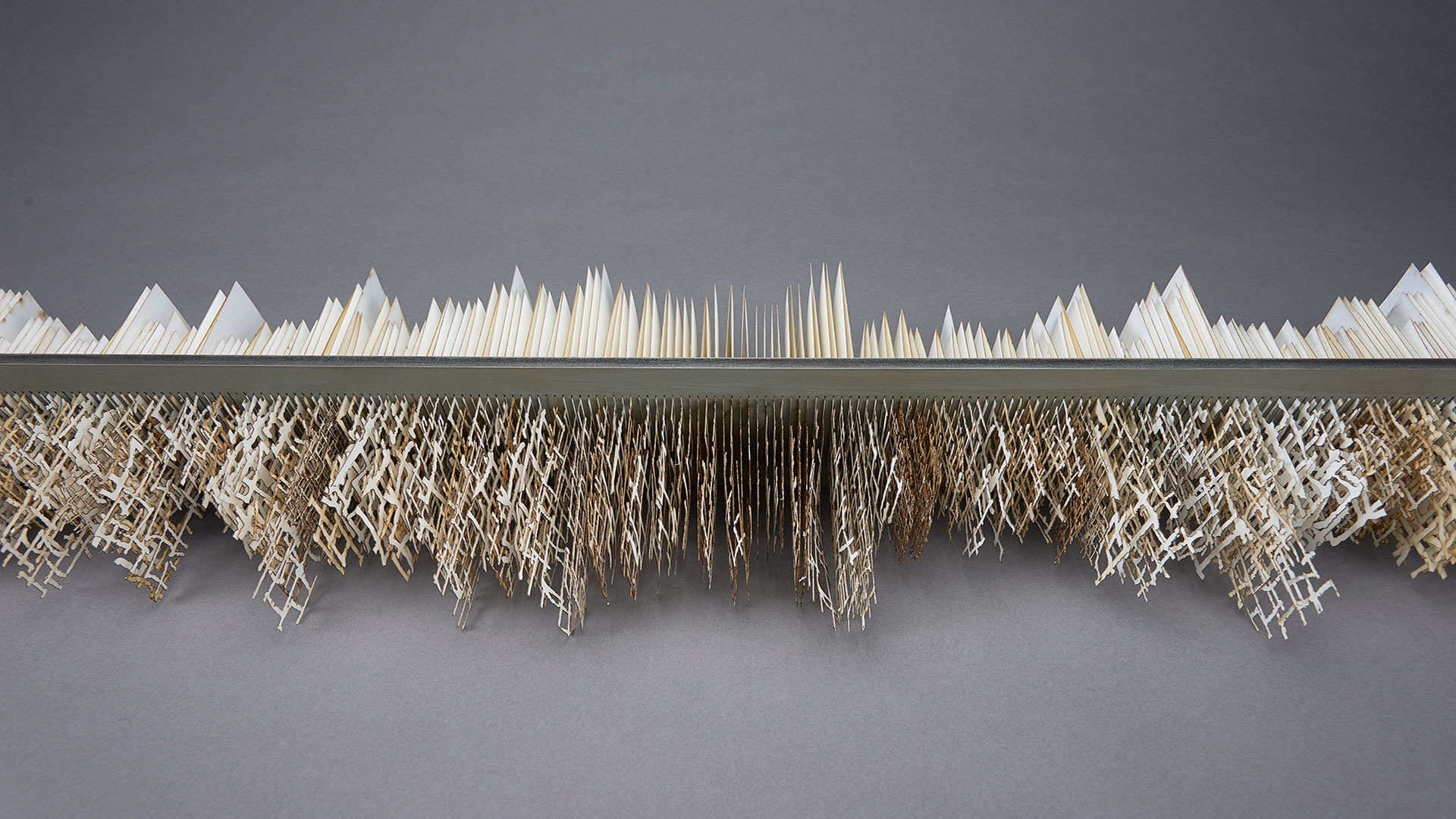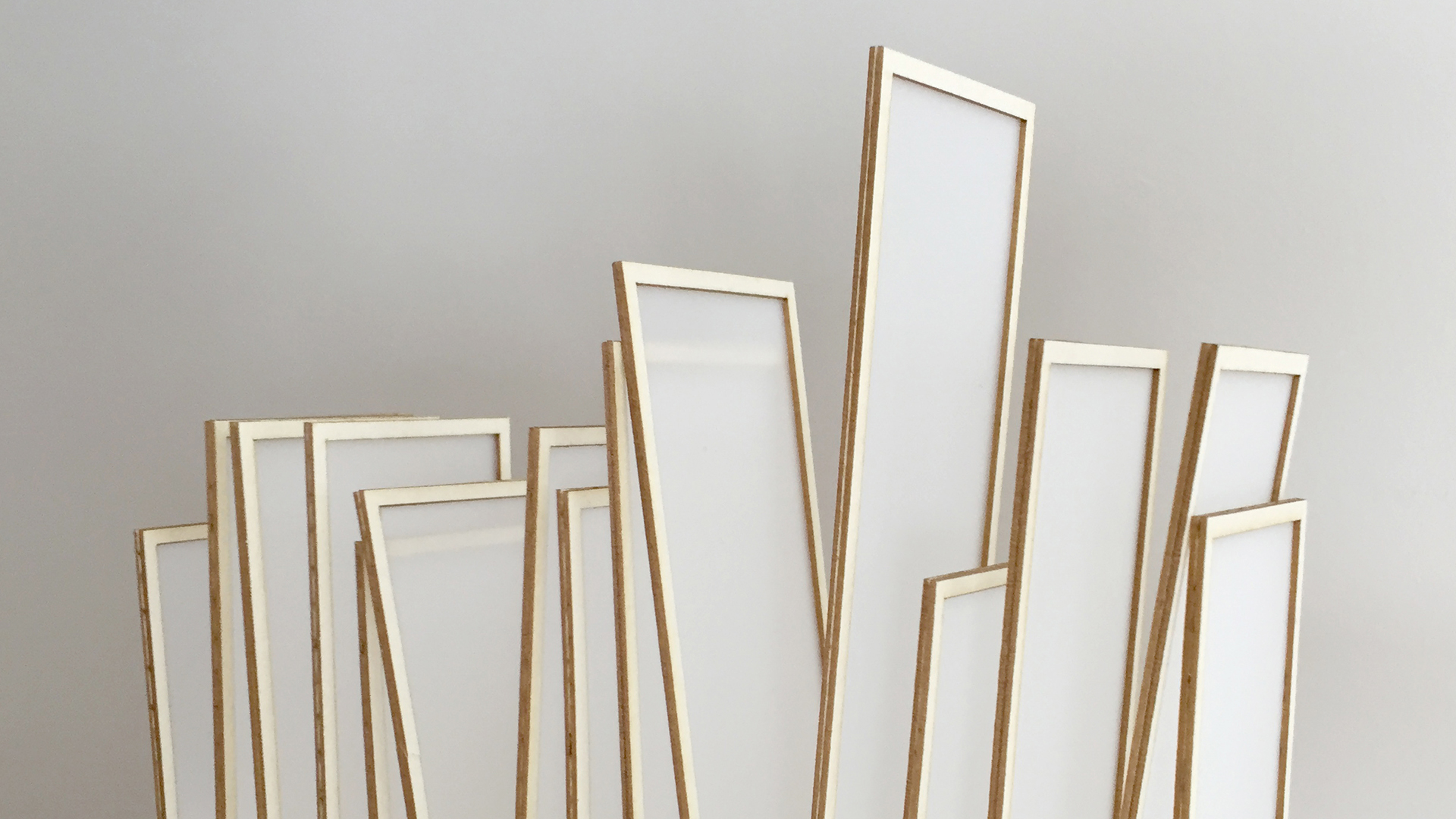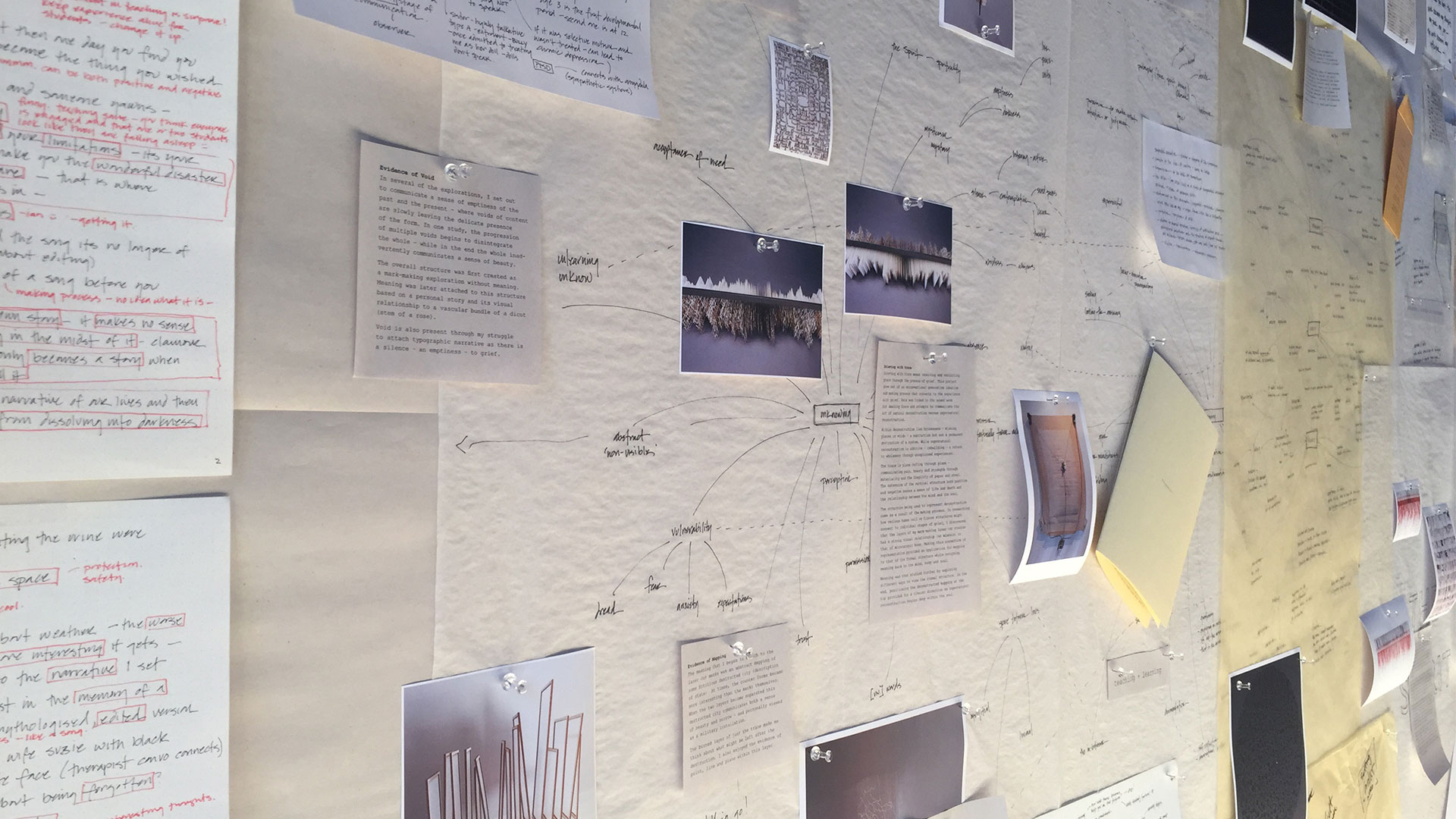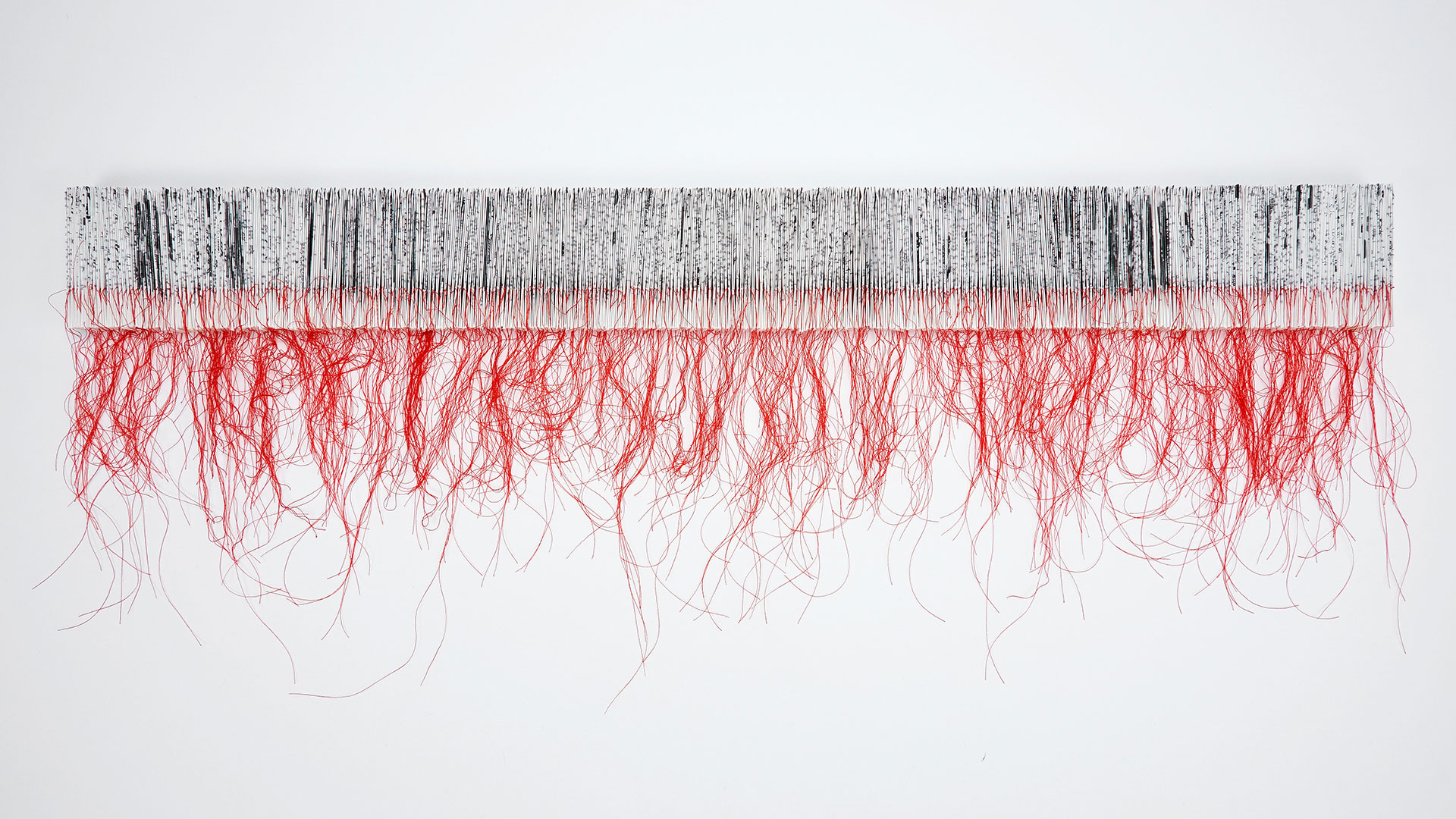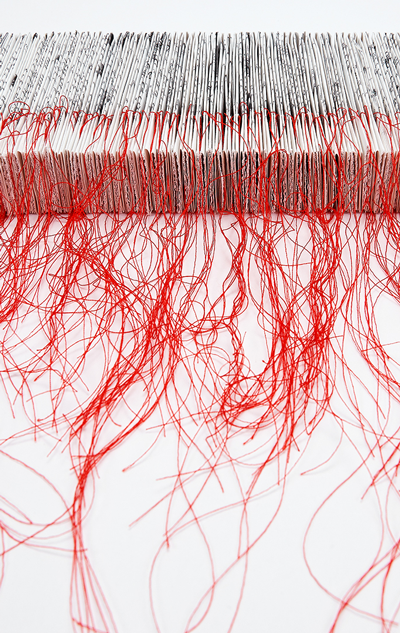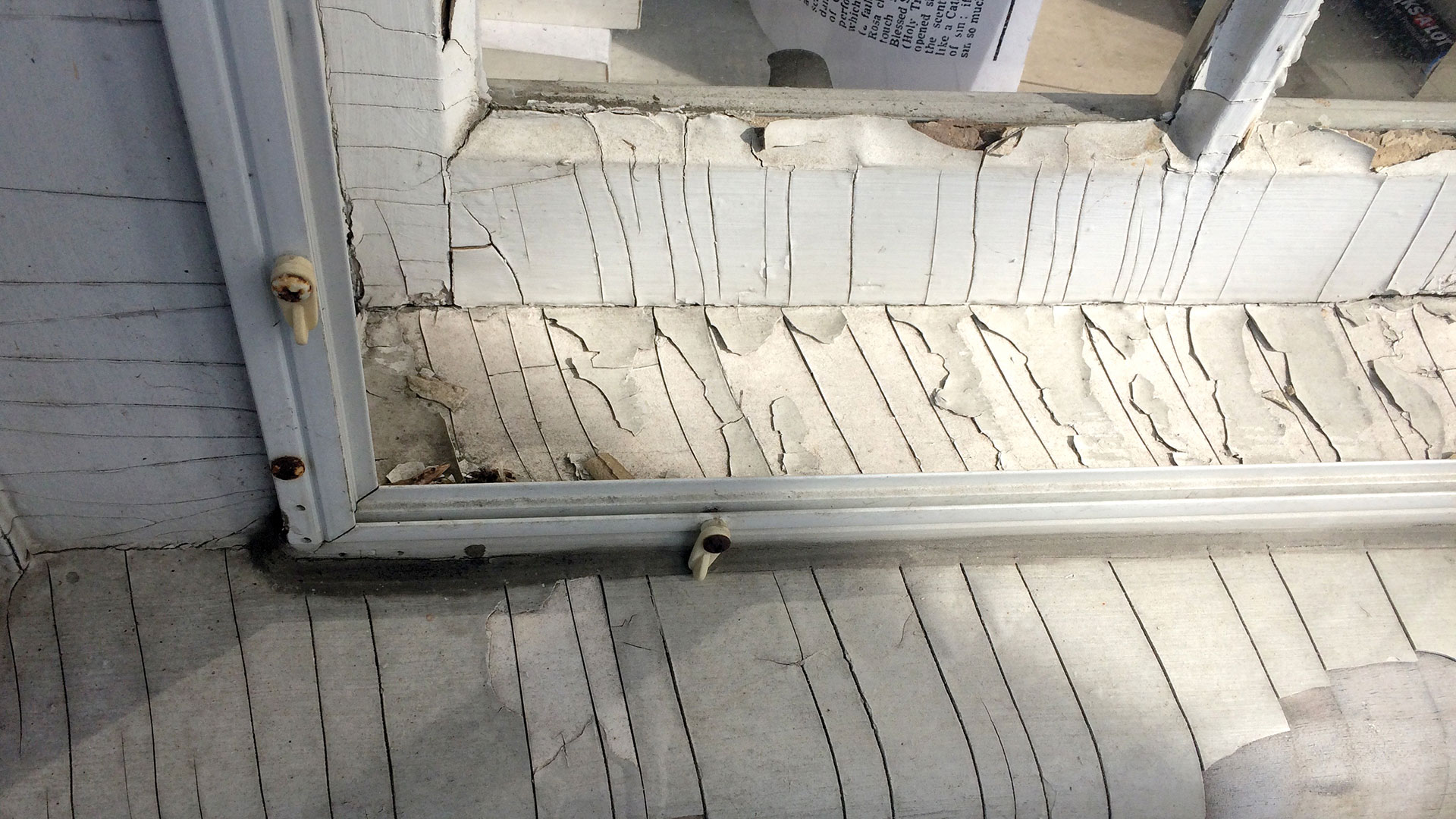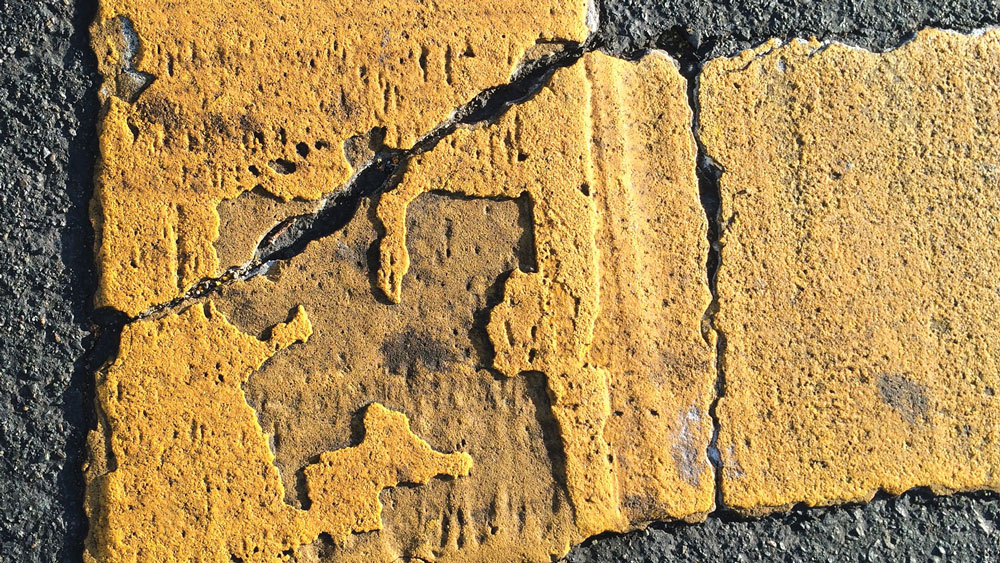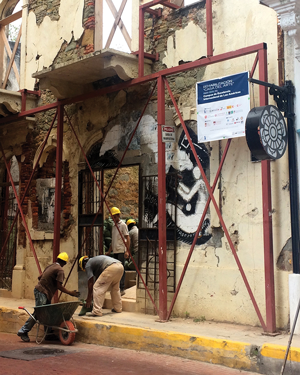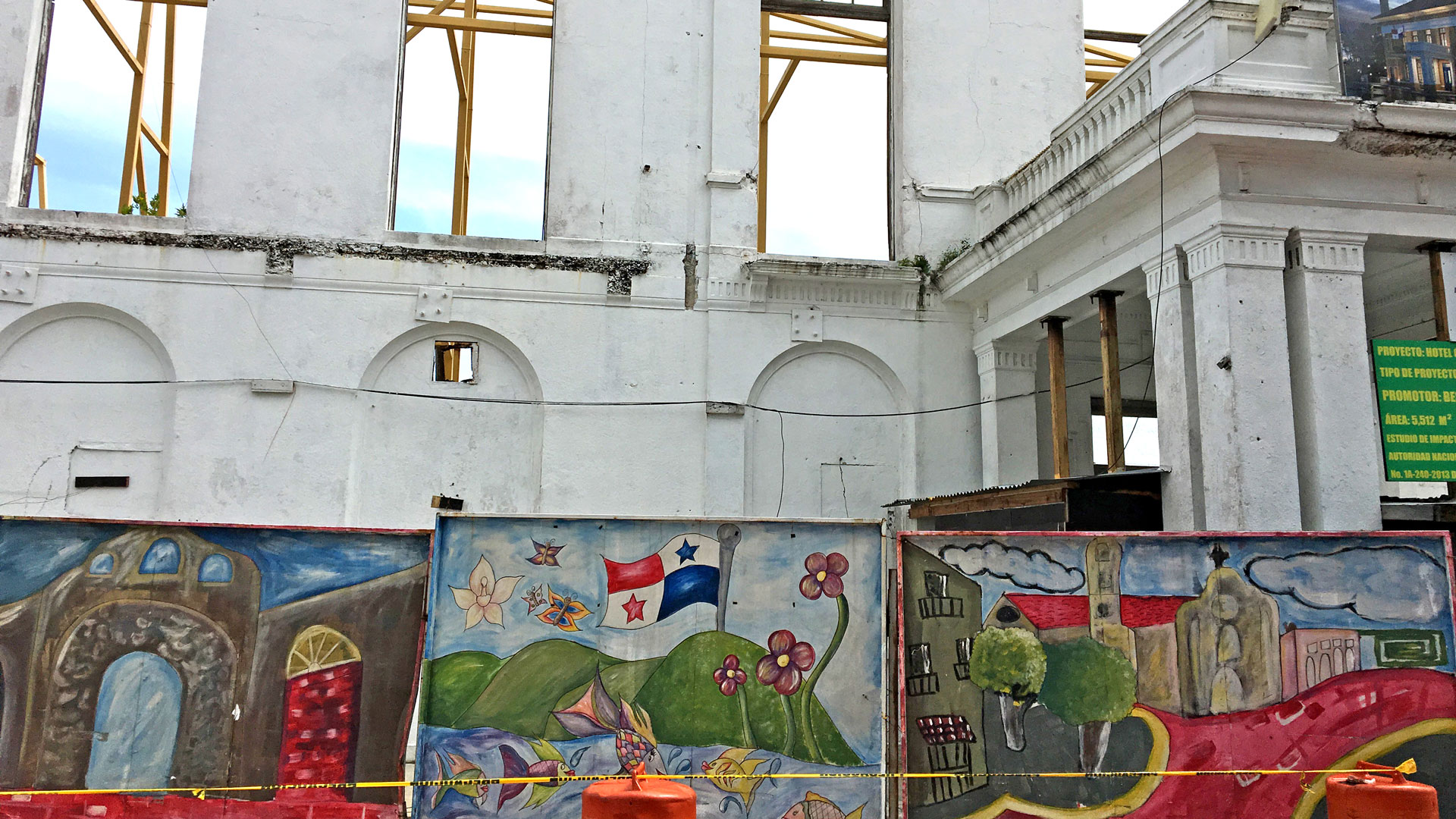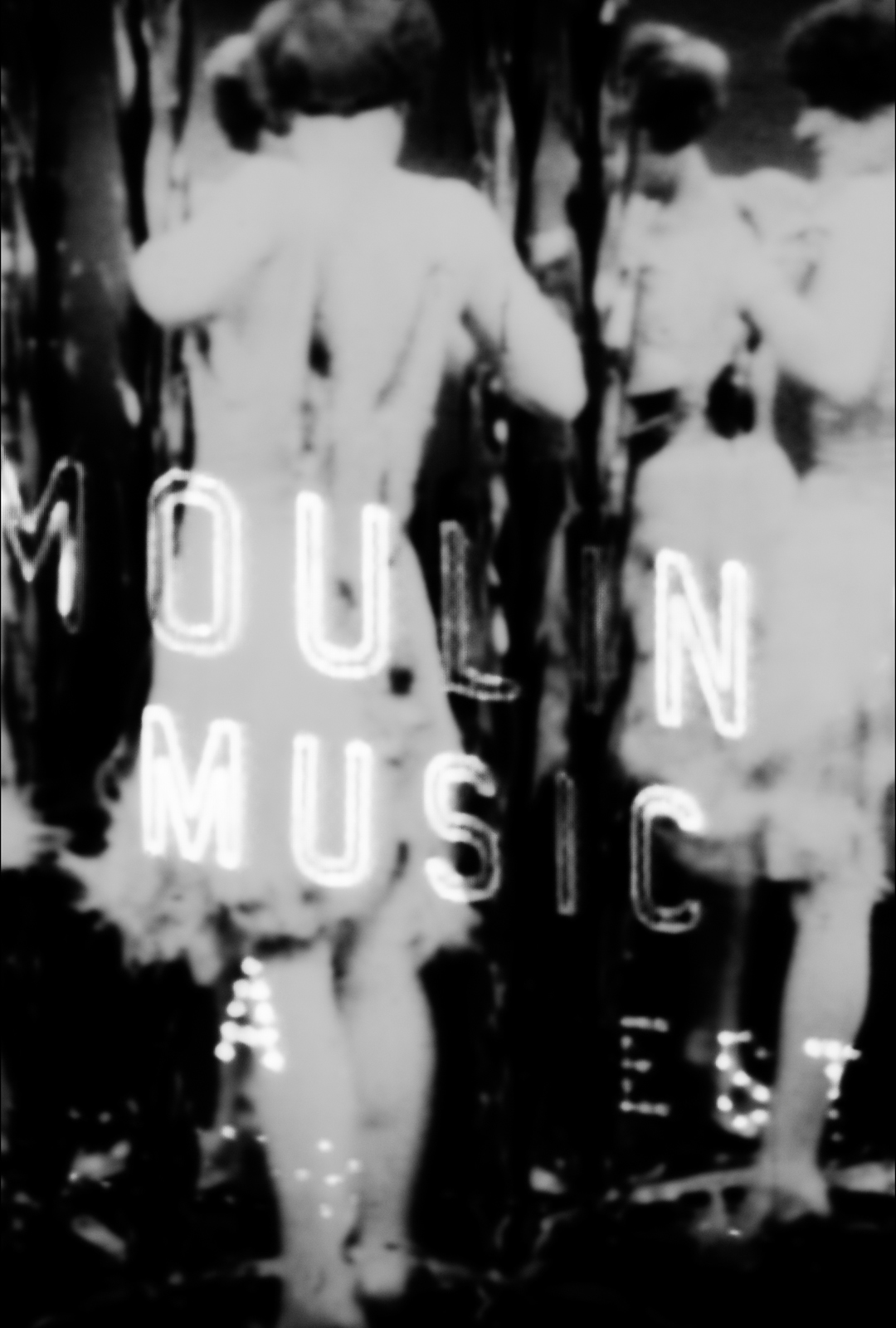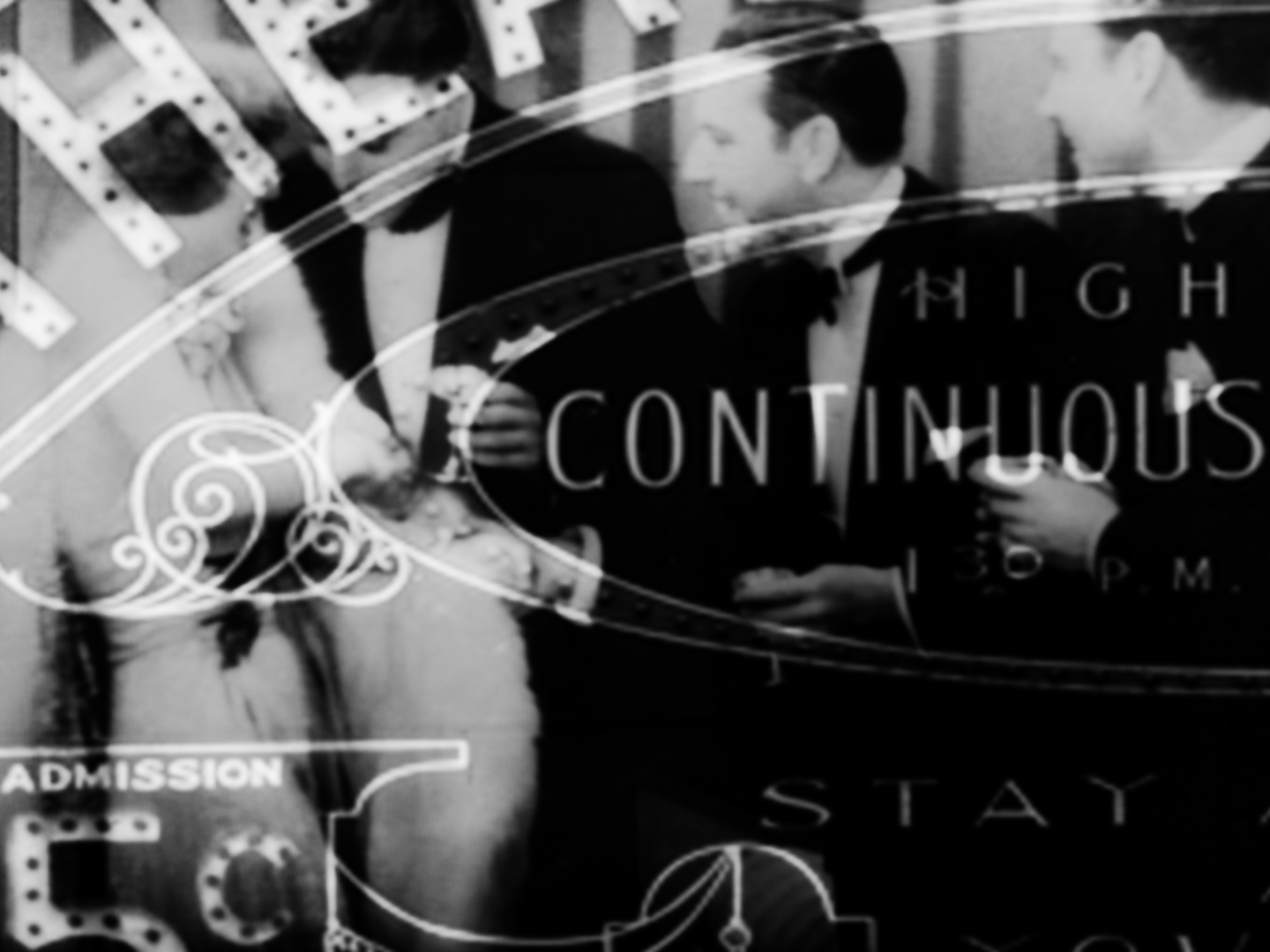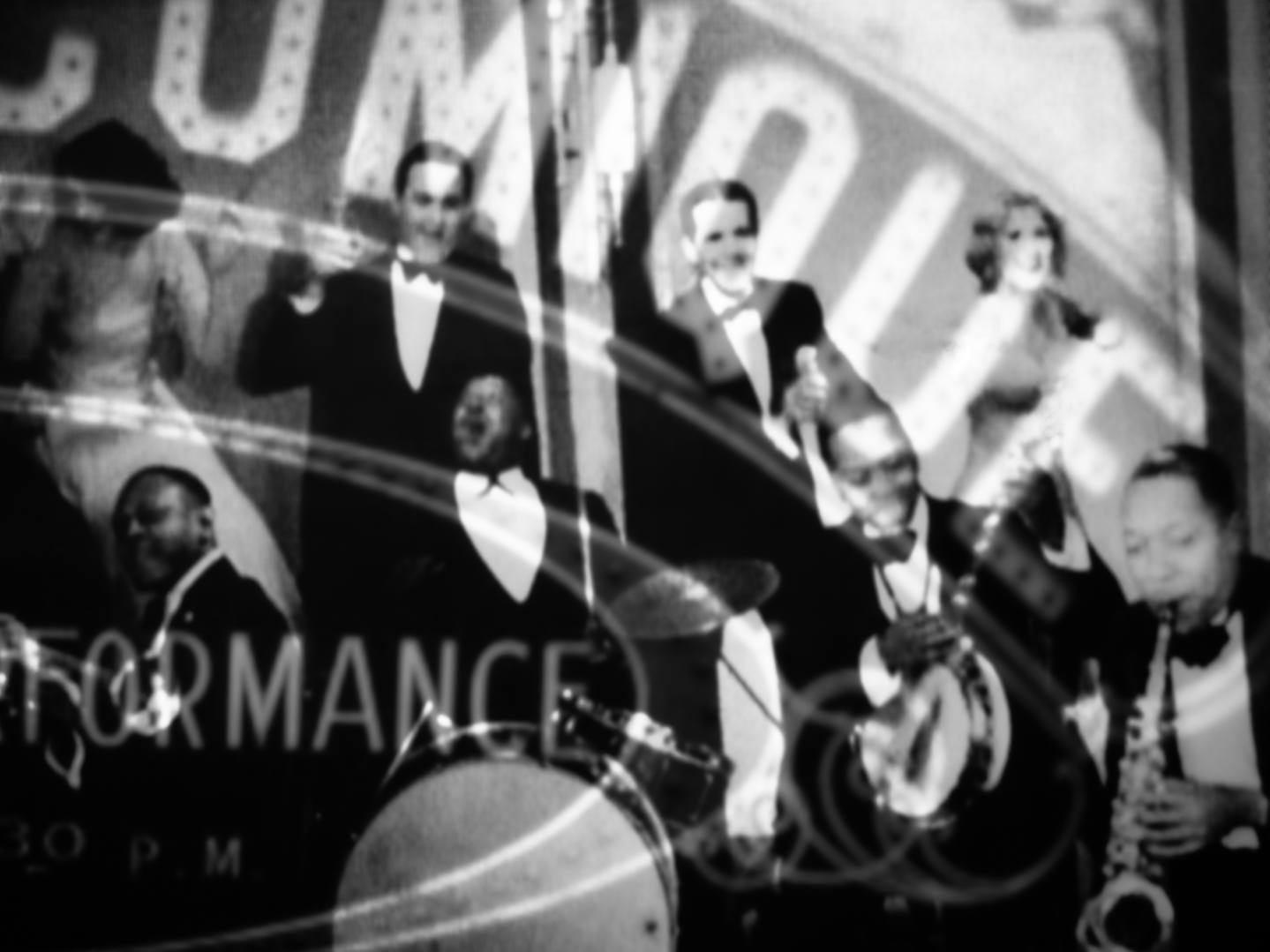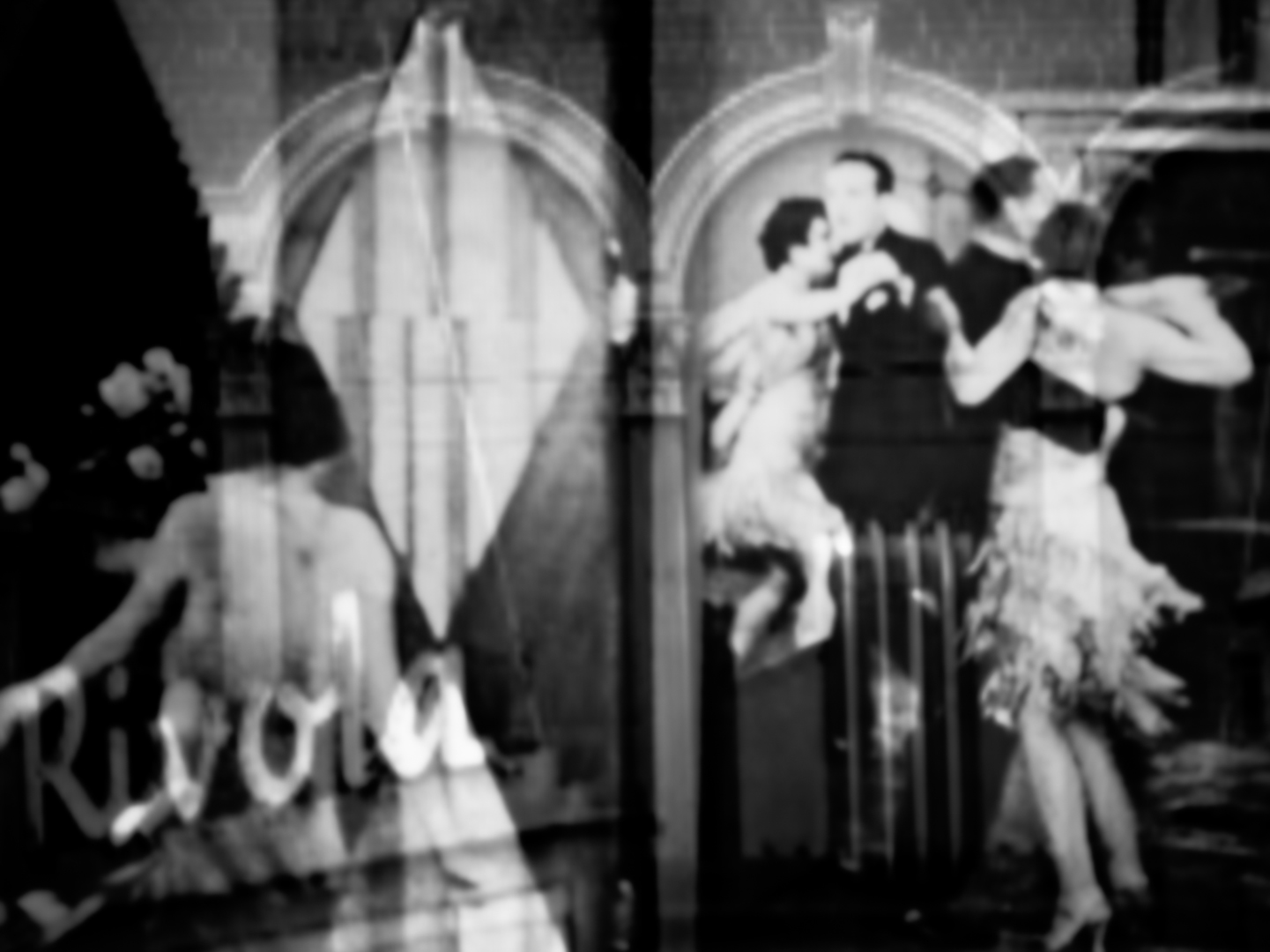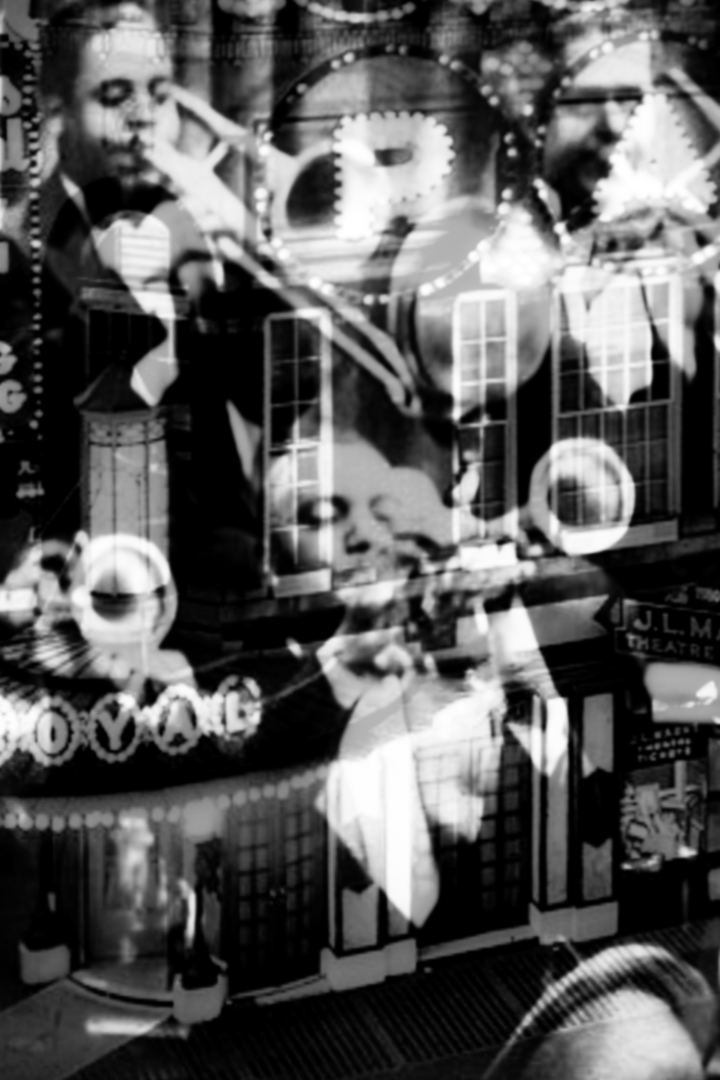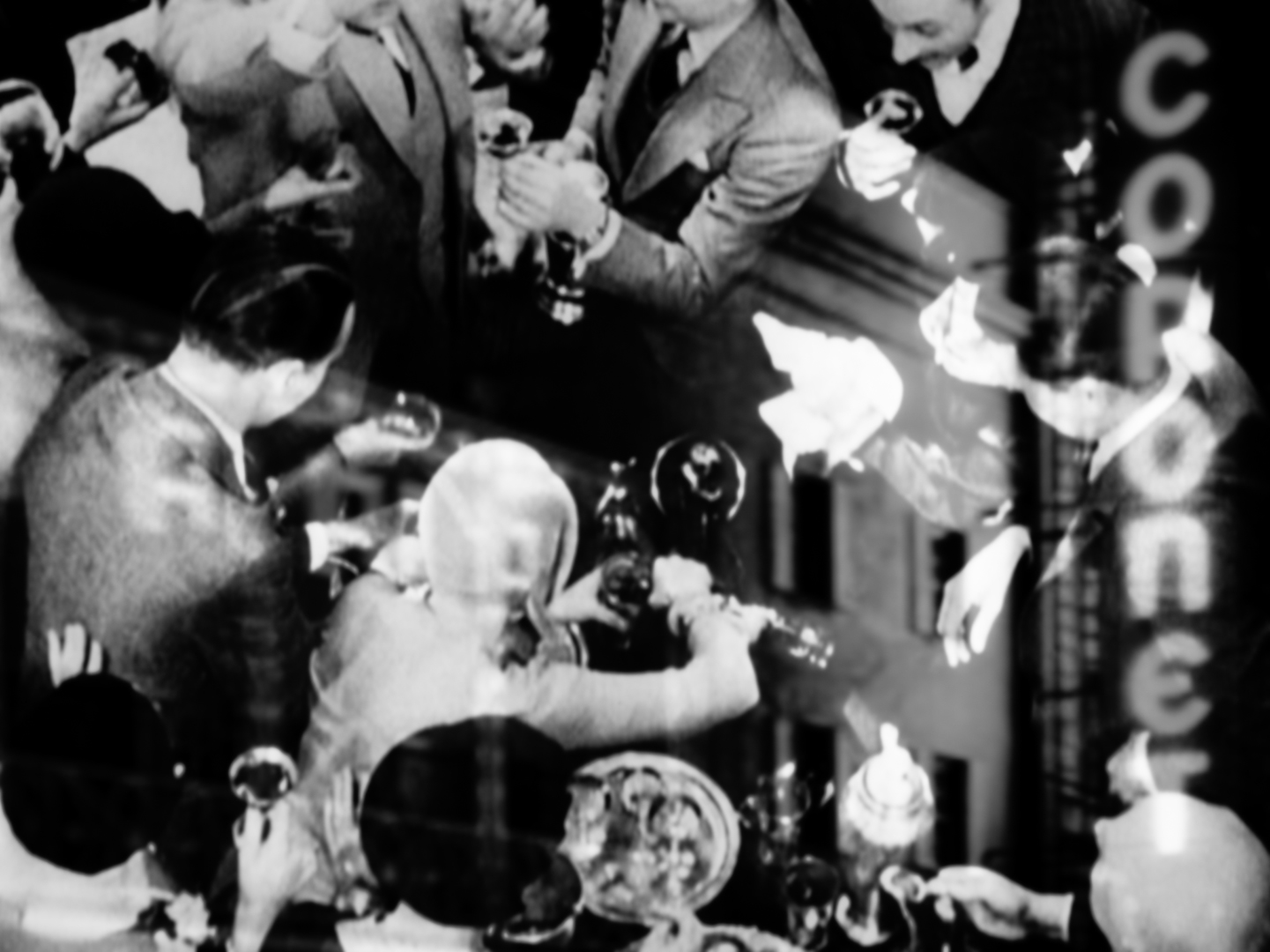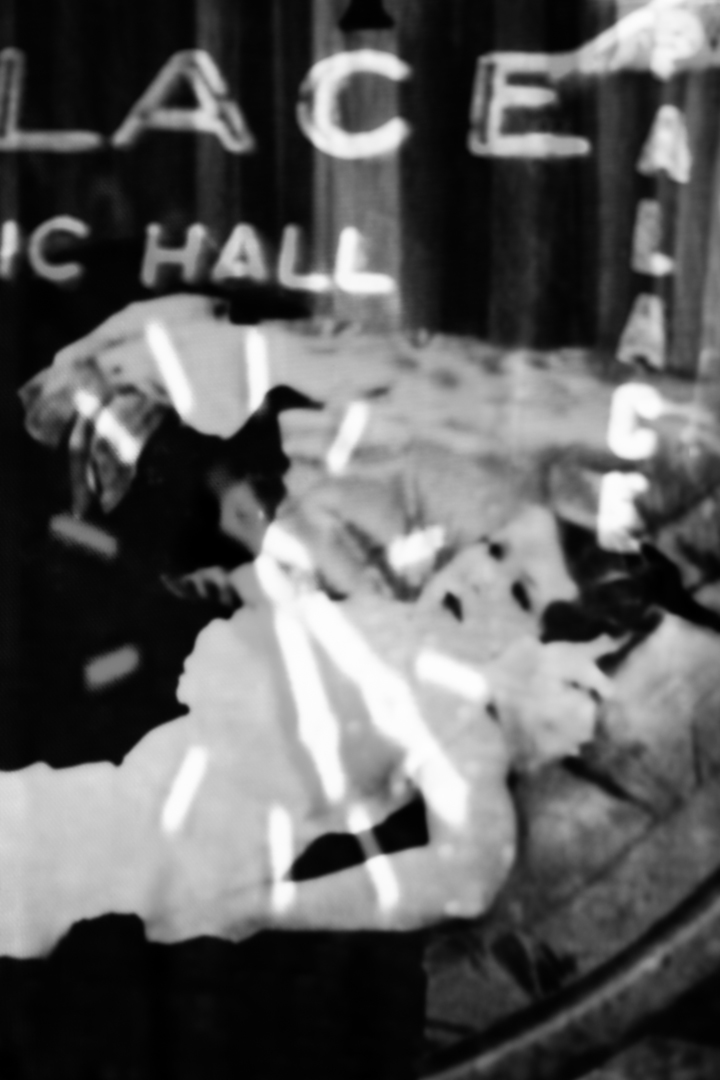Cafe Society
The room gets quiet as the curtain parts, the mechanical clicking turns into a hum, the orchestra begins, and a giant screen crackles to life with light and movement. The 1920s were truly cinematic in every sense of the word.
The decade between the wars demonstrated a zest for life which could be seen everywhere from the crowds who came to socialize at the Speakeasies with the sounds of Jazz, and the flappers with their bobbed hair and short hemlines who danced the night away. There was an unprecedented growth in wealth, revolutions in music, art, fashion, literature, film, alongside giant leaps in modern technology that were matched with an equally rapid change in social conventions.
I was swept away with these early ideas of progress, movement, simultaneity and overlapping images of modern life. The swirling energy, optimistic spirit, and newfound leisure time certainly made it look ideal. An essay in the December 1923 issue of Vogue magazine written by John McMullin provided the quintessential narrative for my series of photographs. I wanted to create a glimpse into this dynamic time using multiple exposures from films of the period that reflect the vitality with overlays of typography from the movie palaces where these films were screened. I invite you to experience this era of energy and exuberance and rediscover the roaring 1920s.





